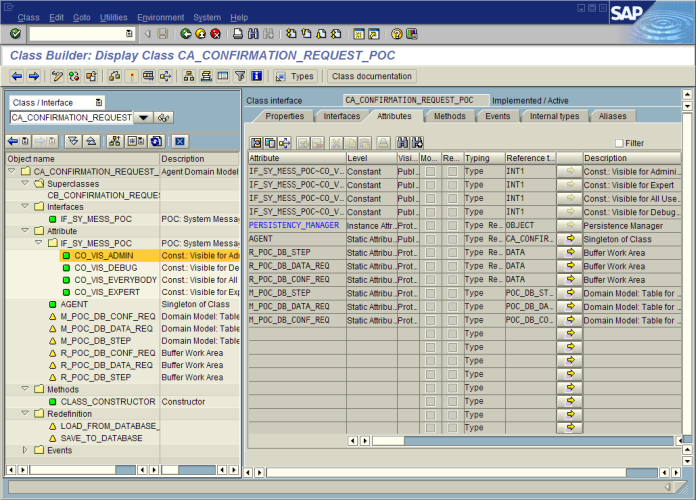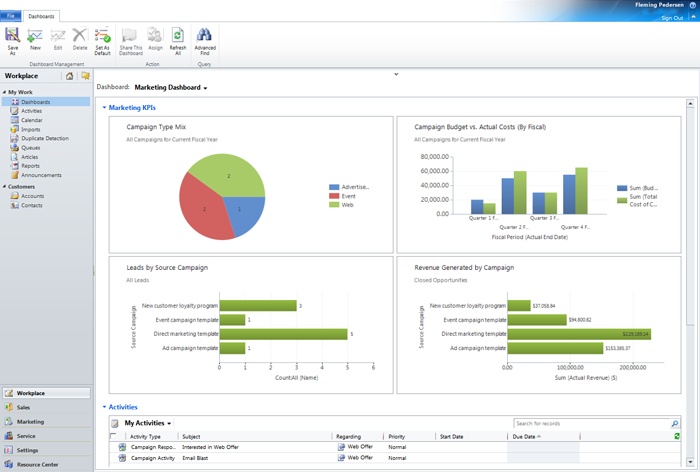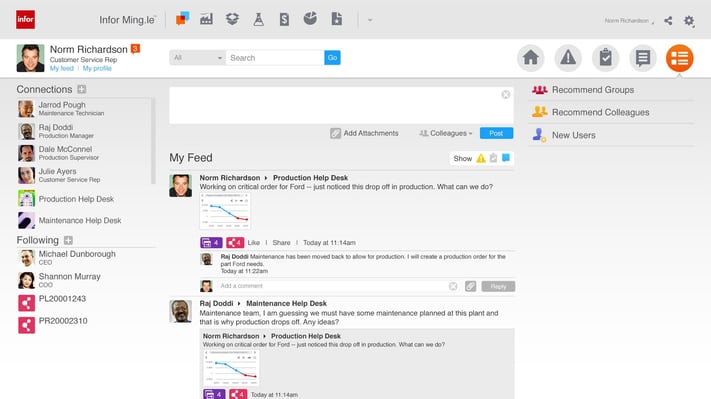Highly capable ERP systems but are too complex for ordinary users to adopt would hinder your chance to realise its full potential. Many, if not most, of your ERP system’s users may not have in-depth technical skills. So it is crucial that the software is easy to use and friendly to business users.
One particular strategy ERP vendors are pursuing to enhance usability is through consumerisation, i.e. to make enterprise software look and feel like consumer-oriented products, such as Ebay or Facebook.
There used to be a time when enterprise applications were synonymous with dull, boring interfaces and complex operations, which proved difficult or even discouraging for business users to fully harness the systems’ potential. Today, major vendors are betting on UX (user experience) overhauls to make their products more user-friendly and intuitive. A better UX is believed to be able to increase productivity and enhance user engagement.

A legacy ERP user interface, SAP GUI for Windows, released in June 2004
Instead of crowded, menu-driven screens, often overloaded with push-based information flows, modern enterprise software is moving towards consumer-grade “look & feel.” Users are delivered an experience similar to what they enjoy when they are using consumer applications, such as Microsoft Office, web browsers, mobile apps and social networks.

Consumerised interface—a screenshot of MS Dynamics AX, which resembles the familiar Windows Explorer interface
This trend is much more than redesigning user interfaces to make them look like consumer-centric products like Facebook or Twitter. It is primarily about how users interact with the system and with other users. For instance, many systems now allow users to communicate to each other using mechanisms similar to those of social networks, like chatting, tagging, and commenting.

Social ERP—a screenshot of Infor ERP, which has familiar elements from social networks, like “News Feed,” “Share” and “Like,” that foster collaboration among employees
 English
English  Vietnamese
Vietnamese 

